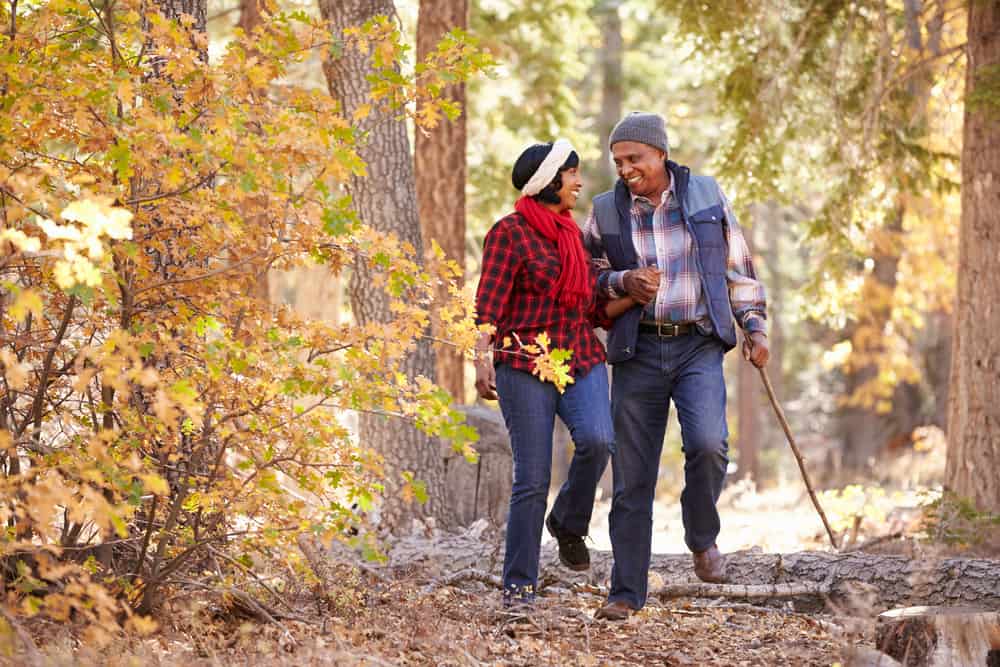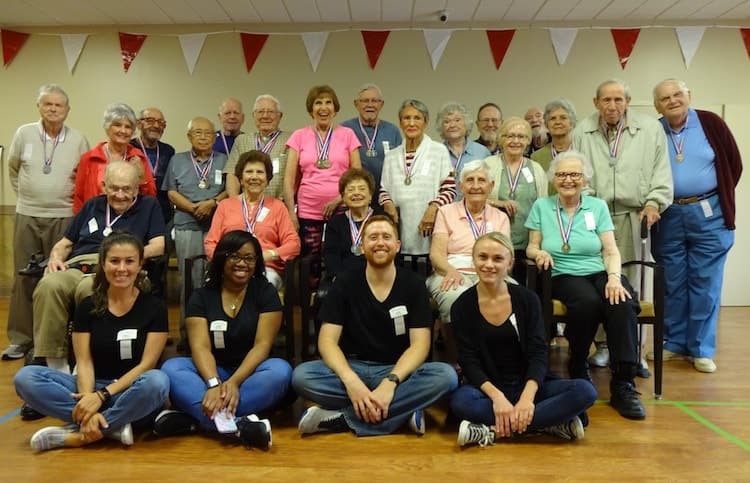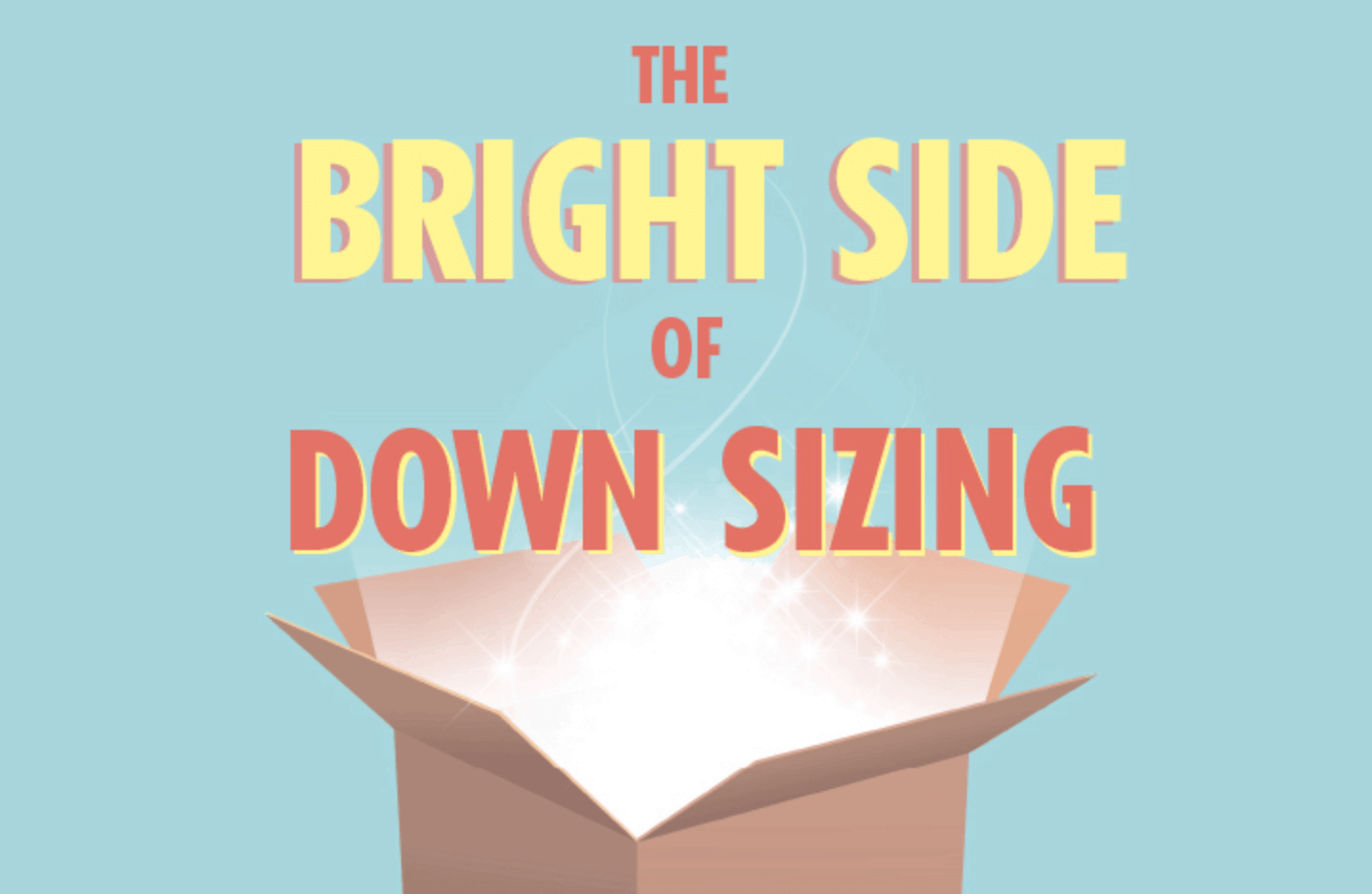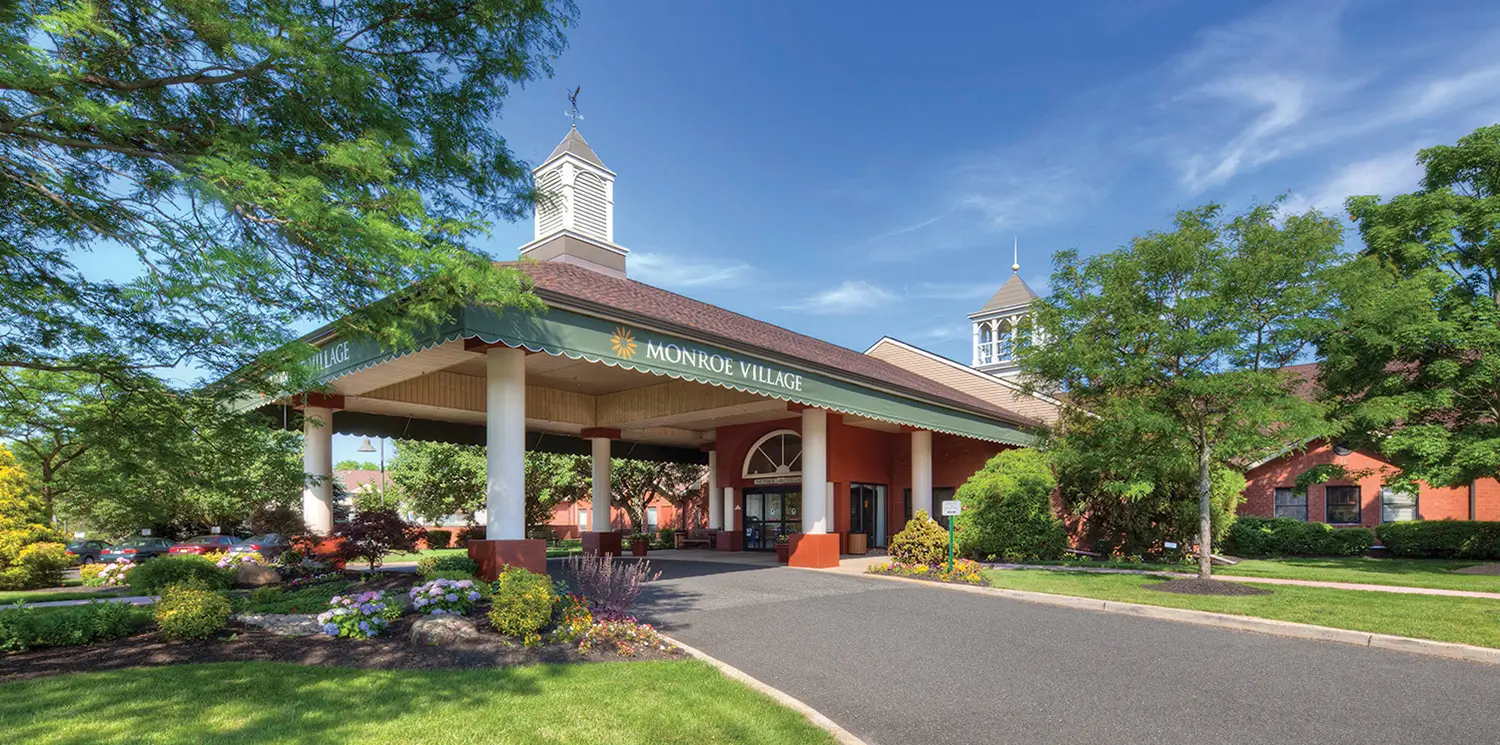Why Walking Is Still the Best Exercise for Seniors
August 31, 2021
How’s your get-up-and-go these days? If it feels like it got-up-and-went, it’s probably time to think about stepping away from the easy chair and letting your two feet take you for an energizing walk. Walking remains one of the top low- impact exercises for seniors.
The physical benefits of walking for seniors are numerous. Senior walkers have lower rates of heart disease, stroke, and type 2 diabetes. Walking can also help improve coordination and balance which can, in turn, help prevent falls.
More than 110 million adults in the U.S. walk as a way to keep fit. As simple an exercise as walking is, there are things to do and facts to know about it that can enhance your experience and help you avoid injury. Read on to learn more.
A Little Pre-Walk Advice
While a daily walk is one of the easiest fitness programs to begin, there are three important to-do’s before you start logging those steps:
Get your doctor’s approval: Before beginning any type of exercise, even one as simple as walking, it’s a good idea to consult with your doctor. That’s especially important if you have balance issues, osteoarthritis, or other chronic conditions.
Perfect your stretch: Warming up your muscles and joints before walking is important for helping to avoid injury. Arthritis.org has a simple warm-up routine perfect for seniors, especially for those with arthritic joints. Don’t forget to include a post-walk stretch to help loosen up before you go about your day.
Treat your feet to good shoes: A supportive pair of shoes crafted especially for walking is essential to a healthy, pain-free walking experience. AARP recommends purchasing your walking shoes from an athletic shoe store with staff who can properly measure and fit you. For additional guidance on choosing the right walking shoes for you, see the AARP article.
Types of Walking for Seniors
So walking is just putting one foot in front of the other right? Well, almost. According to WalkingAcademy.com, there are 8 types of walking styles:
Easy amble – That quick refresher jaunt you take after sitting in one spot for a long period.
Casual stroll – Slightly faster than an amble, this one might propel you down the street to do some window shopping.
Steady walk – Now you’re walking with purpose, for example, to get your errands done before you meet a friend for lunch. You have places to go.
Brisk walk – At this pace, you’ll feel energized, and might feel a little breathless, but you should still be able to hold a conversation with your walking companion.
Nordic walking – Originally developed for skiers to exercise in the off-season, this form of walking employs poles that the walker pushes down and off with as they move forward, engaging many more muscles than simple walking. It’s a great choice for seniors because it works more parts of your body, and the poles add a measure of stability as you walk.
Power walk – At a slightly faster pace than a brisk walk, power walking uses a distinct toe-to-heel action plus arms pumping back and forth to help propel you.
Race walking – A faster form of power walking done competitively as endurance and for speed races of distances anywhere from 6 to around 30 miles.
Marathon walking – A marathon distance is typically 26.2 miles, and the walking version of a marathon takes 6 to 8 hours to complete.
Walking = Independence
We’ve talked about the physical benefits and the mental health benefits of regular walking: increasing bone strength, improving heart health, acting as a natural mood lifter. But walking for seniors can also help ensure something we all desire as we grow older––the ability to remain self-sufficient.
To geriatric experts, being able to walk without help is one of the strongest indicators of whether someone can live independently. It stands to reason that older people who walk for fitness regularly are more likely to walk without assistance and be able to do things for themselves.
Where to Get Your Walk On
The best retirement communities, like Monroe Village, for example, have well-equipped fitness centers that encourage all forms of fitness, including walking for seniors. You’ll find plenty of treadmills and even indoor walking tracks––both great options for strolling inside in inclement weather.
The community also has several picturesque walking paths to give residents many opportunities to stay active while enjoying some fresh air and sunshine. Along the way, walkers can stop by the community garden, and even take in a game of shuffleboard. Mall walking continues to be a popular form of walking for seniors, and in nice weather, group walks in local parks or even the local zoo can make for a fun outing.
Whether you’re heading outside or racking up your steps inside a fitness center, be sure to have a light meal a couple of hours ahead of your walk, and drink water before and after your walk to stay well hydrated. You might even consider a shoulder pack to carry a water bottle with you, as well as an energy bar or trail mix if you’re planning a longer walk.
Living Well Has Its Rewards
Monroe Village’s award-winning LivWell program is dedicated to providing residents the opportunity to engage in experiences that support a high quality of life, personal choice, lifelong development, and an optimal sense of well-being. That includes offering a wide variety of ways to stay fit and healthy, including our own Nordic Walking Club. Contact us and we’ll share even more reasons to call Monroe Village your new home!




